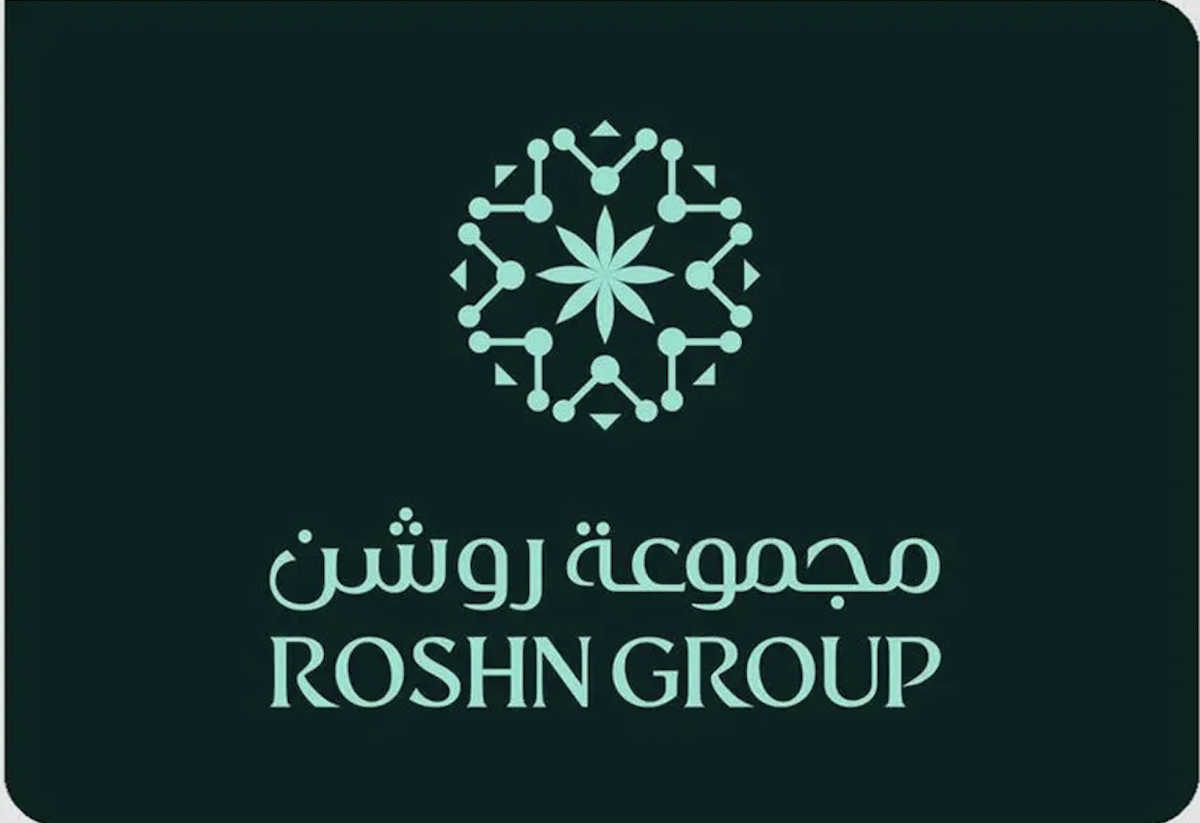RIYADH: ROSHN, the real estate development company backed by the Public Investment Fund, has announced a bold transformation into a multi-asset real estate developer, the Saudi Press Agency reported.
This move is underscored by the launch of a refreshed corporate identity and a new strategy designed to elevate the quality of life across the Kingdom.
The redefined strategic direction includes an expanded portfolio that spans new categories of real estate assets, marking a significant step in ROSHN’s commitment to reshaping the urban landscape. The company aims to lead the sector’s transformation by creating vibrant, sustainable communities, in alignment with the Kingdom’s Vision 2030 goals.

This move is underscored by the launch of a refreshed corporate identity. SPA
This shift also aligns with Saudi Arabia’s national objective of achieving a 70 percent homeownership rate and enhances ROSHN’s role in driving economic growth and job creation. It marks a key milestone in ROSHN’s leadership within the real estate sector and sets the stage for the development of mixed-use projects and multi-asset destinations across the country.
“ROSHN is proud to be a pioneer in the Kingdom’s real estate development sector, with an ambitious vision to transform the urban landscape,” said Ghada Al-Rumayan, group chief marketing and communications officer. “As ROSHN grows, its vision becomes increasingly clear, reflected in its expansionary approach and commitment to creating distinctive, high-quality destinations that enhance the quality of life across the Kingdom.”
The new identity reflects ROSHN’s dedication to diversifying its real estate offerings. The company is expanding beyond residential communities to include integrated spaces that cater to various segments of society. The goal is to raise living standards and foster economic development, in line with the goals of Vision 2030.
One of the latest projects showcasing this vision is the MARAFY development in Jeddah, which aims to create a pioneering waterway system connecting the Red Sea to Jeddah’s neighborhoods — a first of its kind in the Kingdom.
ROSHN’s current portfolio spans over 200 million sq. m of residential communities, alongside more than 4 million sq. m of commercial spaces, including offices, retail outlets, and tourism facilities. The company also has significant investments in infrastructure, healthcare, education, mosques, and essential services.
Moreover, it is expanding into emerging sectors such as logistics, industrial zones, transportation, entertainment, and fitness centers, reinforcing its broad ambitions and role in diversifying the economy.
By broadening its focus beyond traditional residential developments, ROSHN aims to become a leader in the development of mixed-use, multi-asset communities that contribute to the Kingdom’s long-term growth and prosperity.

























